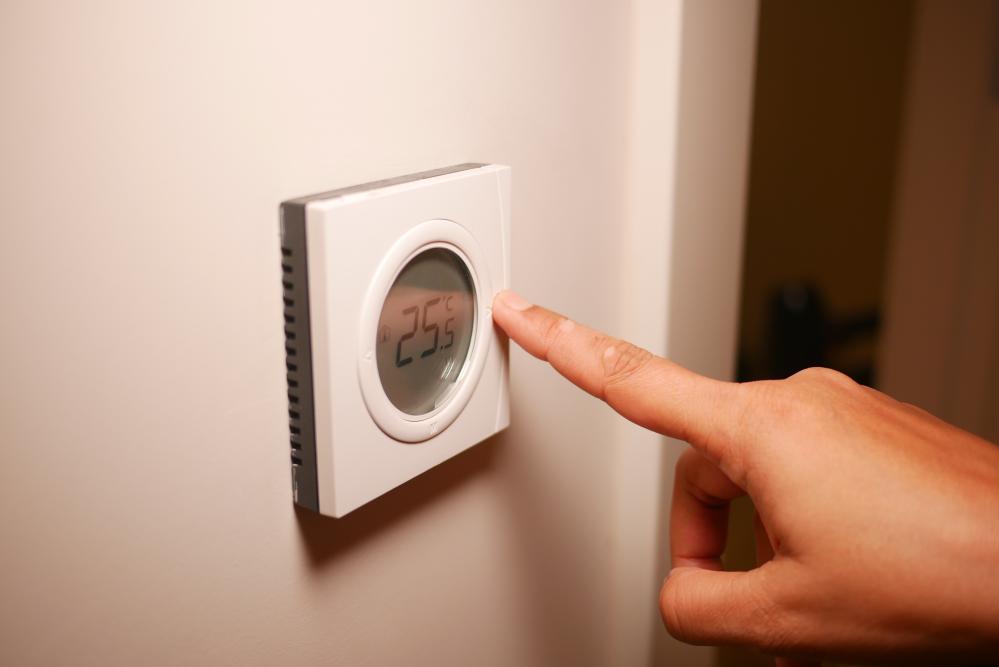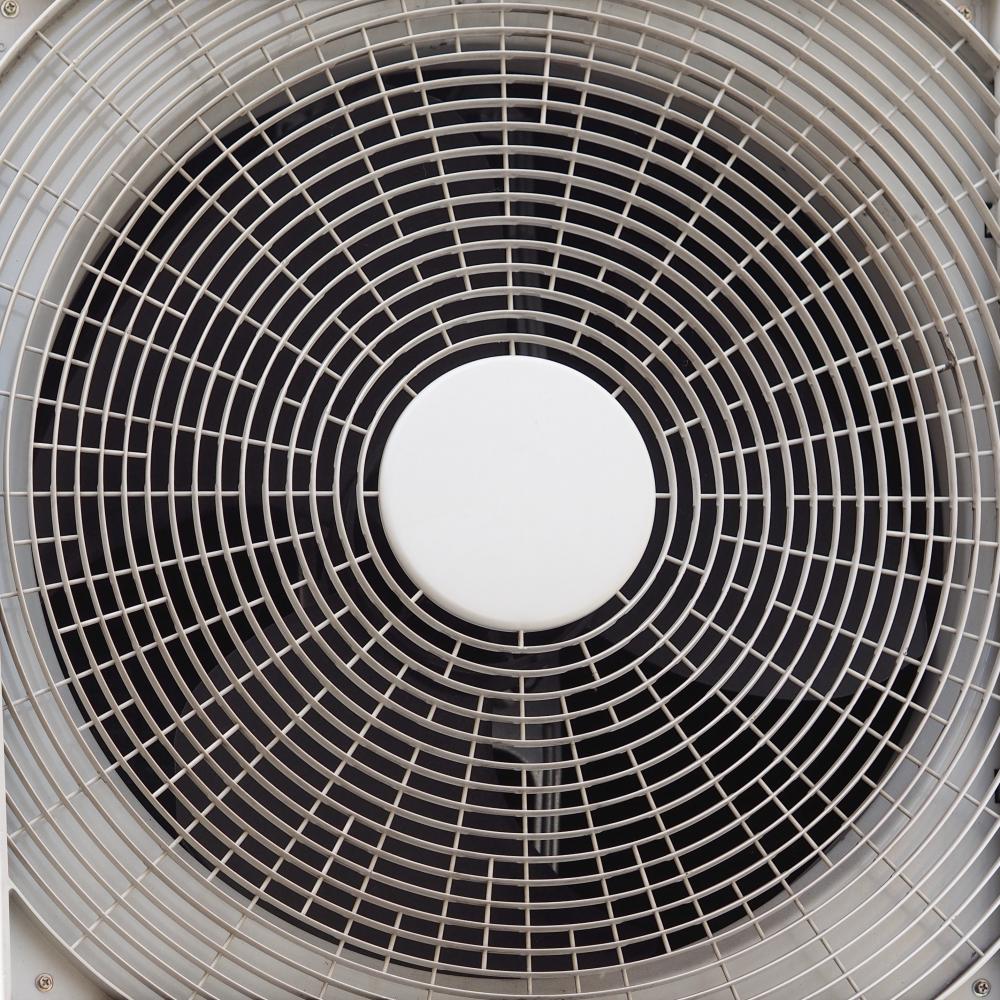
Factors Affecting Furnace Costs
The intricacies of furnace cost and installation can often be traced back to several key factors, making it essential to understand what drives these expenses. One primary consideration is the type of furnace being installed, as electric, gas, and oil models each come with distinct price tags. Electric furnaces usually present the most budget-friendly option upfront, though gas furnaces can offer greater efficiencies in colder climates, potentially balancing the scales over time.
Another critical determinant is the size and power of the furnace. Larger homes typically necessitate more robust units, which, in turn, increase the total furnace cost installed. Professional HVAC technicians often conduct detailed load calculations to ascertain the appropriate size and capacity required. By tailoring the system to the home’s specific demands, costly inefficiencies in energy consumption or inadequate heating are avoided.
Beyond the unit and installation complexities, the brand choice also plays a pivotal role. Renowned brands might carry a higher price with their reputation for durability and extended warranties, but they also promise peace of mind and reliability. This reflects in the furnace cost installed, influencing many homeowners to opt for these tried-and-true names for long-term satisfaction.
New Furnace Cost with Installation
AW Mechanical Systems, a veteran player in the HVAC domain, provides unique insights into the installation process. The company has witnessed varied scenarios over its two-decade tenure, from simple installations in modern homes to intricate operations in older buildings lacking contemporary ductwork. These experiences drive home the importance of professional assessment and customized solutions in determining the true furnace cost installed.
From a practical standpoint, the installation labor cost is an integral component that cannot be overlooked. Homes equipped with pre-existing ductwork and connections might experience smoother installations, whereas others may require significant modifications. For instance, a home’s need for updated venting or electrical upgrades can add layers of complexity and cost.
The geographical location also imposes its influence on the installation process. In places like the Greater Toronto Area, where AW Mechanical Systems operates, considerations such as local energy prices and climate conditions can affect both the operational costs and the suitability of specific furnace types. Contractors with local expertise are invaluable in navigating these nuances efficiently.
Strategies to Reduce Installation Expenses
Despite the potentially high costs associated with furnace installation, homeowners can employ several strategies to mitigate expenses. One practical approach involves acquiring multiple quotes from reputable local HVAC providers. By comparing estimates and service offerings, customers can avoid overpaying and select the most cost-effective path.
Timing can also play a significant role in reducing furnace cost installed. Planning installations during milder seasons when demand is lower may yield more competitive pricing. Additionally, taking advantage of available government rebates or tax credits for energy-efficient installations can further offset costs.

Anecdotal evidence from AW Mechanical Systems’ clientele echoes the benefits of these strategies; many have expressed satisfaction with the cost savings achieved through thoughtful planning and expert advice.
When to Repair or Replace Your Furnace?
Determining whether to repair or replace a furnace can be challenging, and homeowners often find themselves weighing cost against efficiency. Technicians at AW Mechanical Systems frequently advise considering a unit’s age as a pivotal factor. Furnaces beyond fifteen years may be less efficient, leading to frequent repairs and escalating energy bills, hinting toward replacement as a more economical choice.
If energy bills have surged consistently or the unit struggles to maintain a comfortable indoor climate, it may be time for a new furnace. However, if repairs are straightforward and costs are manageable, repair might be a more viable option in the short term. It’s important to evaluate whether repair costs are nearing half the expense of a new system.
Engaging with an experienced HVAC provider ensures informed decision-making and provides peace of mind. Services like those offered by AW Mechanical Systems assist clients in determining the long-term value and efficiency of continued repairs versus the benefits of investing in a new unit. Through thorough diagnostics, these professionals enable homeowners to settle on the best outcome for their specific circumstances.
In conclusion, the decision to repair or replace involves a delicate balance of current costs, future savings, and overall system integrity, a balance ideally navigated with expert guidance.
What are the main factors that influence the cost of having a furnace installed?
The cost of installing a furnace can be influenced by a number of factors, each playing a significant role in the final price. Firstly, the type of furnace you choose–be it electric, gas, or oil–directly affects the cost. Electric furnaces are usually more affordable upfront, but gas furnaces can be more efficient in colder climates, which might save money on energy bills over time. Another key factor is the size and power of the furnace. Larger homes require more powerful units, which increases costs. It’s crucial for homeowners to have a professional conduct load calculations to ensure the furnace can adequately heat the space without wasting energy. Additionally, the brand of the furnace can impact costs. Trusted brands often come with higher prices but offer long-term reliability and possibly extended warranties. Lastly, the complexity of the installation process itself, including whether existing ductwork can be used, affects the total expense. It’s beneficial to discuss these factors with experienced HVAC professionals like those at AW Mechanical Systems to make informed decisions tailored to your needs.
Why is professional assessment crucial for furnace installation?
Professional assessment is critical for several reasons. Firstly, it ensures that the furnace selected is the correct size for the home, which is crucial for efficiency and comfort. An inadequately sized furnace can lead to higher energy bills and even reduce the lifespan of the unit due to constant cycling on and off. Expert technicians, such as those at AW Mechanical Systems, also evaluate the home’s existing infrastructure, like ductwork and electrical systems, to determine what modifications might be necessary. This helps prevent unexpected costs and ensures the installation is done safely and correctly. Furthermore, contractors with local expertise can navigate any specific regional challenges, such as climate considerations or local energy rates, ensuring that the installed furnace operates efficiently. Consulting with professionals provides peace of mind and can save homeowners money in the long run by avoiding costly mistakes.
What strategies can help reduce the cost of furnace installation?
There are several strategies homeowners can use to reduce the cost of furnace installation. One effective method is obtaining multiple quotes from reputable local HVAC providers. This allows for price comparison and ensures you’re getting a fair deal. Timing the installation during off-peak seasons can also result in savings, as demand for HVAC services tends to be lower, potentially leading to more competitive pricing. Homeowners should also explore government incentives, rebates, or tax credits available for energy-efficient furnace models, which can significantly offset installation costs. Additionally, selecting a furnace that closely matches your home’s needs rather than opting for the most advanced model can help keep costs down. Consulting with companies like AW Mechanical Systems, known for their transparency and customer-focused service, can provide guidance in balancing efficiency, performance, and budget.
How do you decide whether to repair or replace your furnace?
Deciding whether to repair or replace your furnace often comes down to assessing several key aspects. The age of the furnace is a significant consideration–units over fifteen years old might be less efficient, leading to higher energy bills and frequent repair needs. If repair costs approach half the price of a new system, replacement might be the more economical choice. On the other hand, if the furnace still performs well and repair costs are minimal, repairing it might suffice for the short term. Homeowners should also consider any consistent surges in energy bills or difficulties in maintaining indoor temperature comfort. Working with experienced HVAC professionals, such as those at AW Mechanical Systems, can provide valuable insights into the long-term benefits and savings potential of replacing versus repairing a furnace. They can perform thorough diagnostics and offer recommendations that best suit individual circumstances.
Resources
- U.S. Department of Energy – Official website providing information on energy efficiency, renewable energy, and more.
- U.S. Environmental Protection Agency – Official website with resources on indoor air quality, energy efficiency, and environmental protection.
- Consumer Reports – Trusted source for product reviews and recommendations, including furnaces and HVAC systems.
Furnace Cost And Installation New Furnace Cost With Installation
